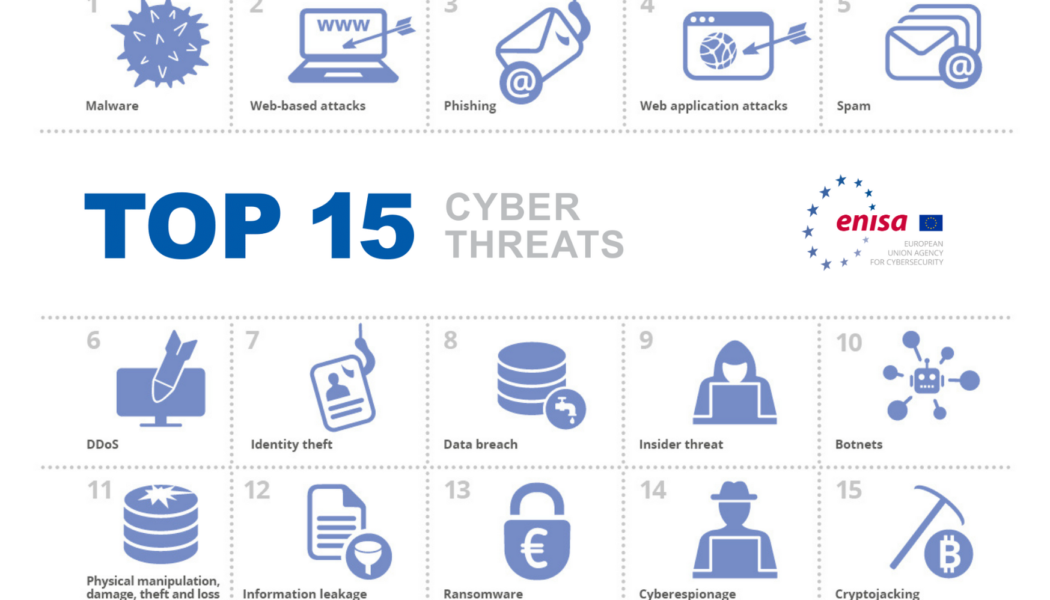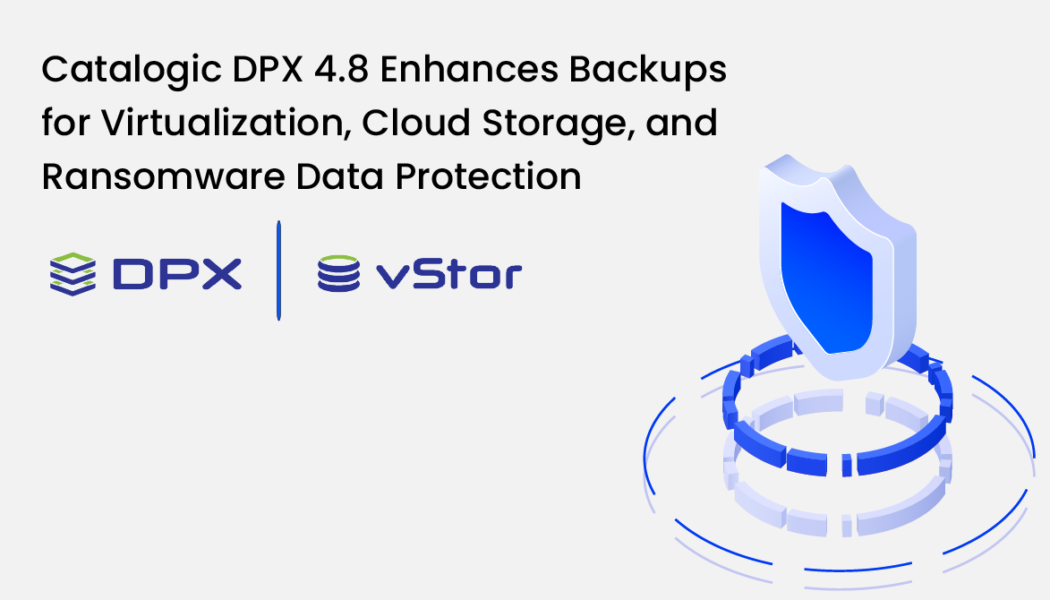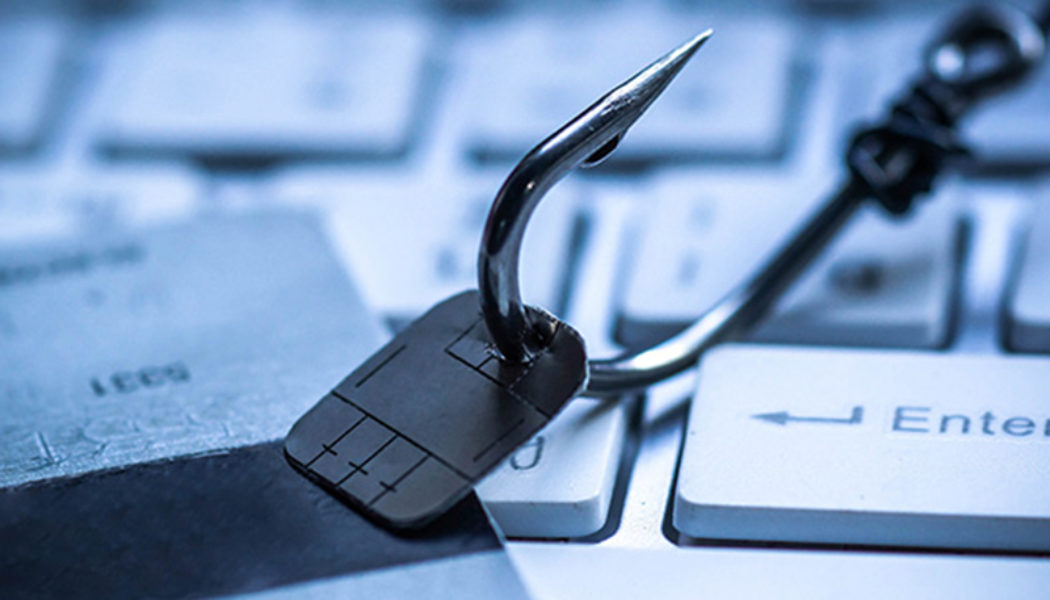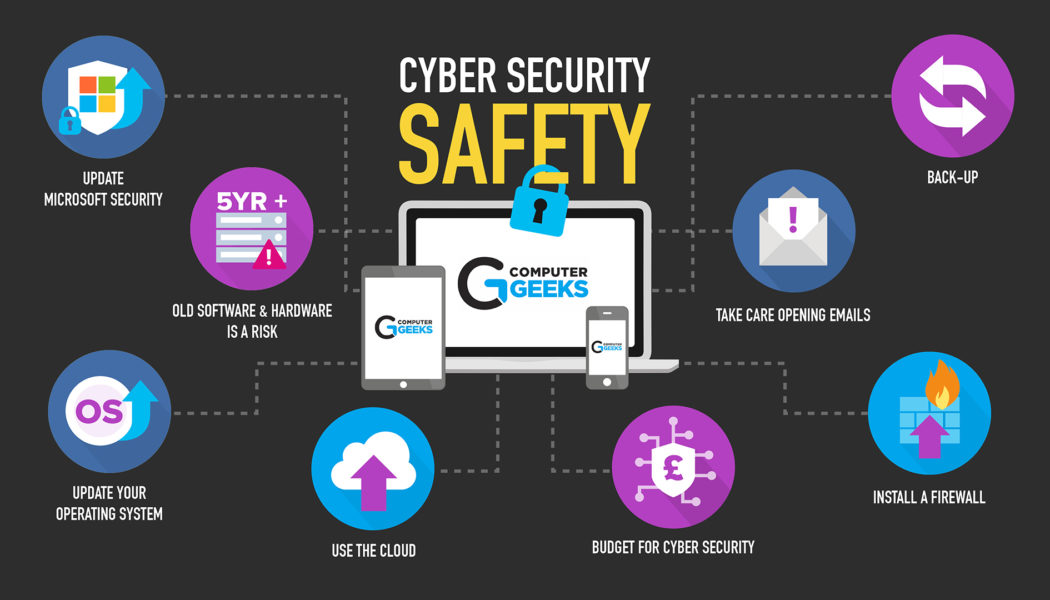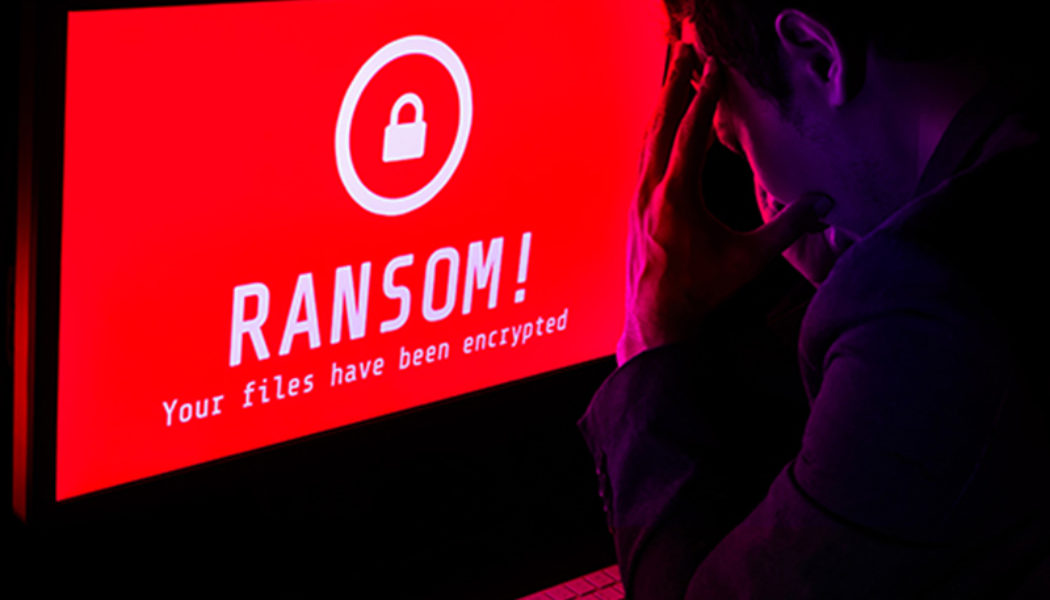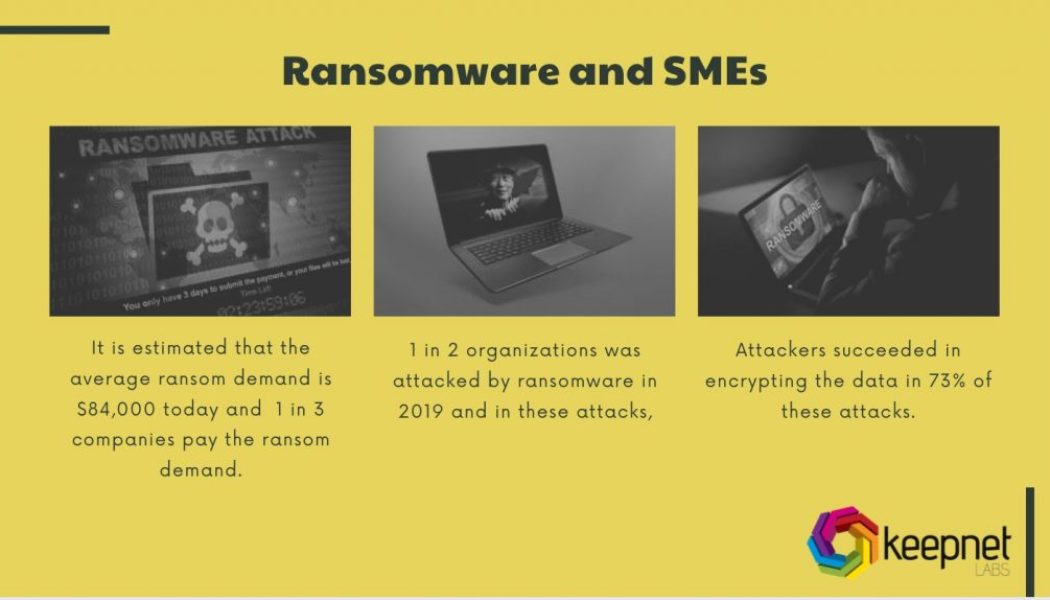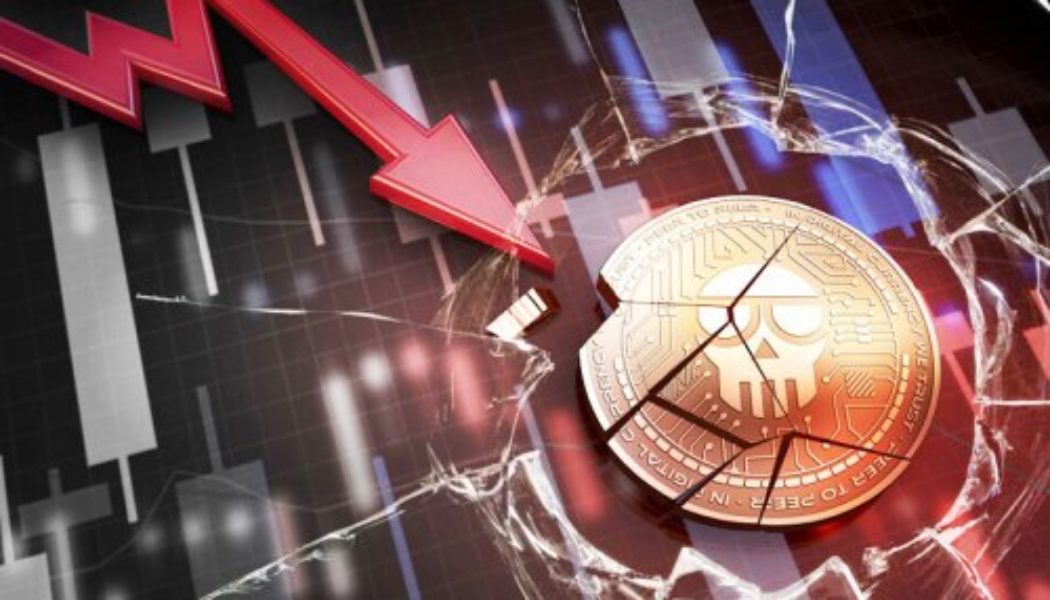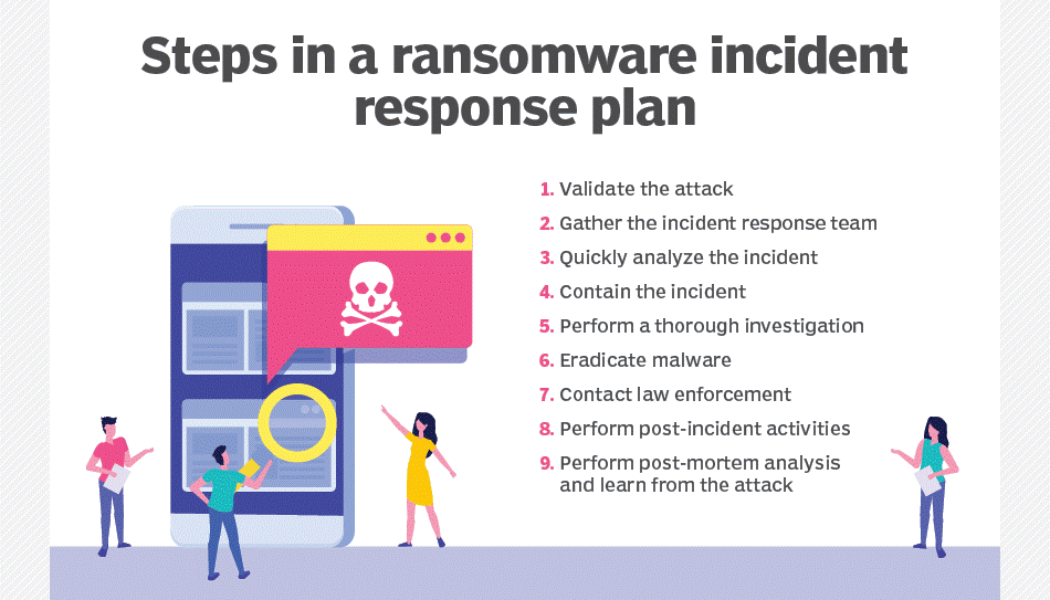Ransomware News
Ransomware Attacks on Healthcare Organizations Increased 94%, According to Sophos
Image sourced from Alpine Security. Sophos, a global leader in next-generation cybersecurity, has published a new sectoral survey report, “The State of Ransomware in Healthcare 2022.” The findings reveal a 94% increase in ransomware attacks on the organizations surveyed in this sector. In 2021, 66% of healthcare organizations were hit; 34% were hit the previous year. The silver lining, however, is that healthcare organizations are getting better at dealing with the aftermath of ransomware attacks, according to the survey data. The report shows that 99% of those healthcare organizations hit by ransomware got at least some their data back after cybercriminals encrypted it during the attacks. Additional ransomware findings for the healthcare sector include: Healthcare organizations had the se...
Why Ransomware is the Greatest Threat to Your Organisation
Ransomware is getting nastier and more expensive all the time and it has affected almost every industry and geography. No one is immune from the threat. In a global ransomware survey conducted by Fortinet, 67% of organizations report suffering a ransomware attack. Even worse, almost half said they had been targeted more than once, and nearly one in six said they had been attacked three or more times. Renee Tarun, Deputy CISO/ Vice President Information Security, Fortinet Inc. The US Treasury’s Financial Crimes Enforcement Network (FinCEN) reported that organizations paid out almost $600 million in ransomware in the first half of 2021, which puts the US on track to surpass the combined payouts of the previous decade in a single year. Last year’s attacks on the suppl...
Effective Data Backup Becomes Essential as Kenya is Rocked by Ransomware
In the wake of the COVID-19 pandemic, cybercrime, in particular, ransomware, has seen a massive increase across the globe. As a burgeoning economy in Africa, Kenya has become a growing target, with a new report from internet security group Kaspersky recording 32.8 million attacks in the first half of 2021. According to INTERPOL, increasing digital demand in the country, coupled with “a lack of cybersecurity policies and standards, exposes online services to major risks”. As digital transformation continues to gain traction in Kenya, data becomes increasingly important for business, and it needs to be effectively protected. Effective data backup and recovery are key to overcoming the potential threat of a ransomware attack. Connected, but vulnerable In Kenya, as in much of the world, the pa...
Fight Back Against the Rise of Ransomware in SA with EDR Solutions
When cyberattacks are on the rise, as they certainly have been in South Africa this year, an organisation cannot afford to have its cybersecurity operating in a reactive manner. And yet, far too many businesses operate in this manner, making them prime targets for a breach. This is according to Milad Aslaner, Senior Director, Cyber Defense Strategy at SentinelOne, which helps organisations to prevent, detect, respond to and remediate end-point threats using artificial intelligence (AI) and machine learning. Its endpoint security products are distributed throughout Africa by Networks Unlimited. Aslaner explains: “Endpoints including laptop computers, tablets, and phones provide entry points to a wider network penetration that could harm the organisation, and which is one of the goals of ran...
How to Prevent Further CyberAttacks on Businesses & Government Departments
Image sourced from Finance Times. The recent ransomware attacks on the Department of Justice and Constitutional Development (DoJ) and the South African National Space Agency (Sansa) is a testament to the sophistication and aggressiveness of cybercrime in South Africa. In response to these attacks, organisations need to devise a preventative plan of action. “With South Africa having the third-highest number of cybercrime victims worldwide, and the biggest threat being ransomware, businesses are prone to being victims of ransomware traps unknowingly. In such cases, cyber-criminals pose as credible agencies with the intent of luring organisations to their demise,” says Maeson Maherry, CEO and co-founder of LAWtrust. What are Ransomware Attacks? Ransomware attacks are cyberattacks where a cybe...
When Ransomware Strikes, Can You Recover Fast Enough?
Sourced from Kaspersky Ransomware attacks have become increasingly common, and they are even available on the dark Web to purchase as a service. There have been many incidents in the news, where major companies have been left with little choice other than to pay the ransom to get their data back, often amounting to hundreds of thousands of dollars. The reality is that ransomware and other cyberattacks have become a question of when not if. The ability to respond and recover quickly has therefore become an essential part of successful ransomware defence, but it is something many organisations, especially in South Africa, struggle with. Consider Some Statistics The State of Ransomware report from security firm Sophos reveals that, over the last year, the average cost of remediating a ransomw...
Take Steps Now to Protect Your Organisation as Ransomware-as-a-Service Ramps Up DDoS Attack Offerings
Image sourced from Ben Kerckx, Pixabay. The services industry has traditionally included sectors ranging from social assistance and health care to transportation and scientific services. However, it doesn’t end there, because the human talent for innovation can turn almost anything into a service. We also find – rather less top-of-mind for most people – the offer of hitmen-as-a-service, usually associated, at least in Hollywood, with large and well-muscled men in expensive suits and sunglasses. A few years ago, this area of business moved into the cyber arena as well. And so we present: ransomware-as-a-service. Today, one of its latest offerings is a ‘triple threat’ that turns Distributed Denial of Service (DDoS) attacks into an even more lethal cyber weapon against organisations. Carole H...
What SMEs Should Know About Ransomware
Image sourced from Feed Navigator. Ransomware attacks are on the rise and malicious cybercriminals are always fine-tuning their strategies. Business leaders need to realise that their tactics include disrupting critical business operations across all industry verticals and businesses of all sizes, including small to midsize enterprises (SMEs). With most of the recent headline-making ransomware attacks against larger organisations who are likely to be more financially capable of meeting exceeding large ransom demands, the findings around the targeting of smaller businesses with fewer resources raise the question as to why ransomware operators are going after SMEs in the first place. The frequency and severity of successful ransomware attacks have a tremendous impact on victim organisations ...
Cryptocurrency and Cybercrime: 3 Insights You Need to Know
Image sourced from Shutterstock. Criminals have kept pace with changing technologies by no longer wanting their crimes to generate hard cash – bitcoin has become the currency of choice. That’s particularly true for cybercrime, where ransomware is booming as criminals infiltrate organisations’ IT systems and threaten to publish or destroy crucial data unless a ransom is paid in Bitcoin. Here are 3 insights you need to know about the links between cybercrime and cryptocurrency: 1. Cryptocurrency is Fuelling Cybercrime Ransomware payments have become so huge that attacks are mounting daily. A recent high-profile case was an attack on the US Colonial Pipeline, causing the system that carries 2.5 million barrels of oil a day to be shut off. It’s become such a lucrative business that some syndic...
- 1
- 2


